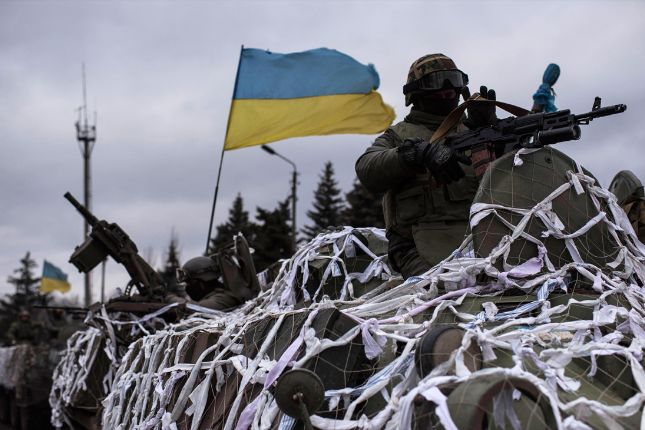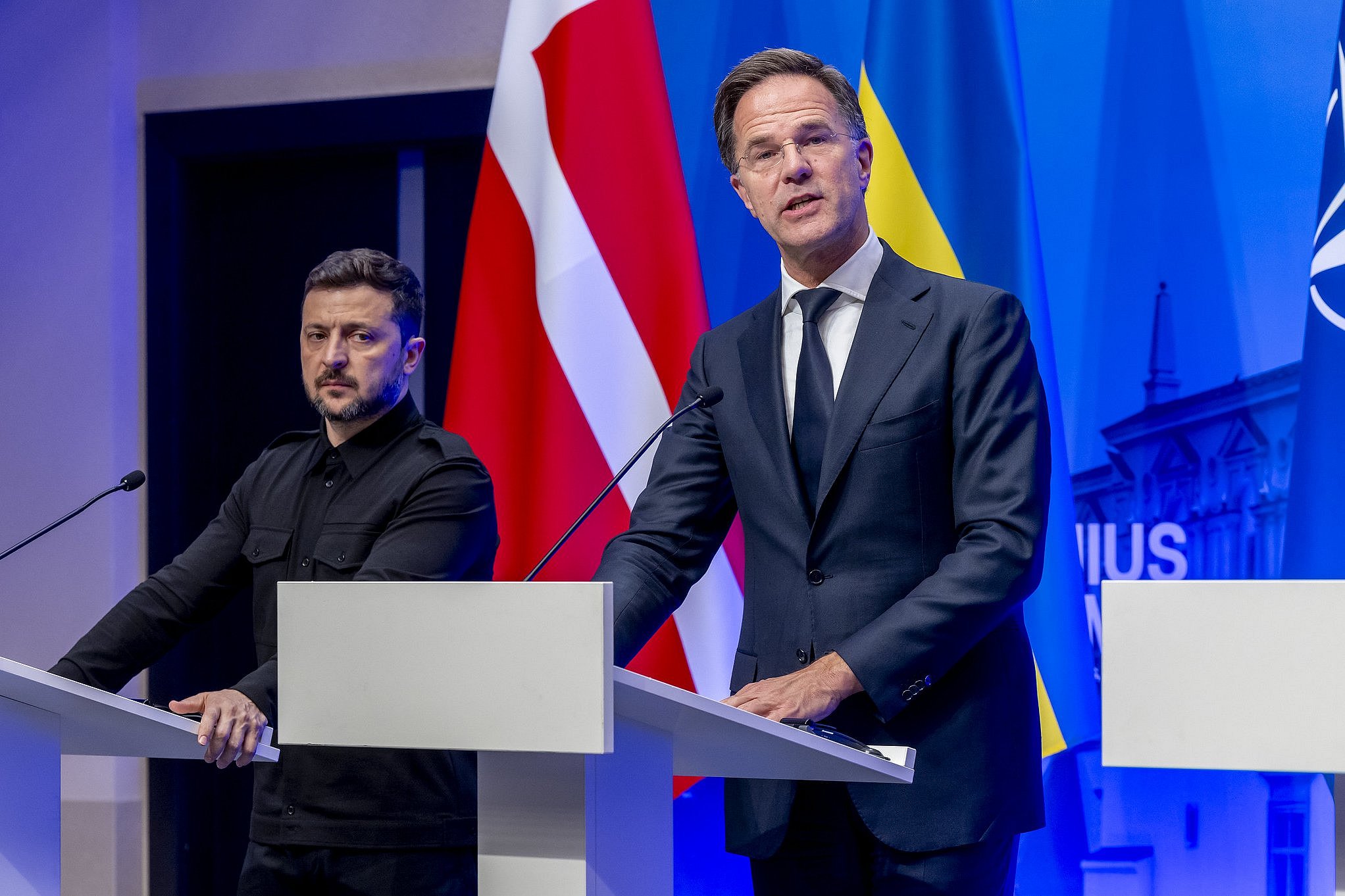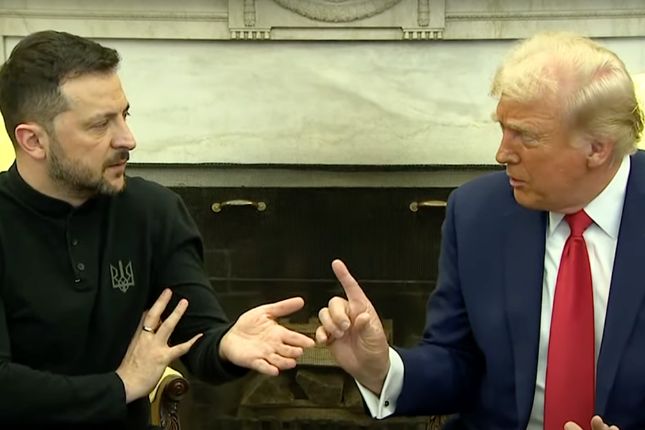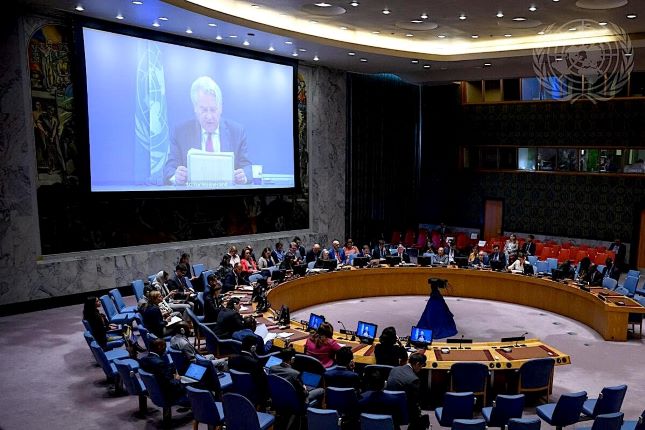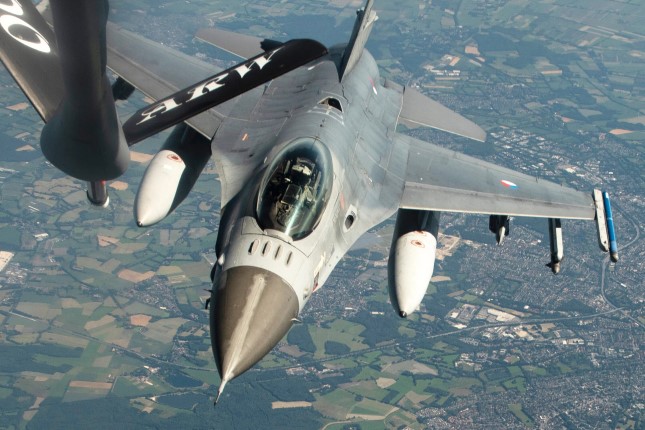A few days without U.S. military and intelligence aid changed that. On March 11, the Ukrainian delegation in Saudi Arabia, led by Zelensky’s powerful chief of staff Andriy Yermak, “expressed readiness to accept the U.S. proposal to enact an immediate, interim 30-day ceasefire.”
The Trump administration now awaits the Russian response, since the agreement “is subject to acceptance and concurrent implementation by the Russian Federation.” If Russia rejects the ceasefire, Secretary of State Marco Rubio says, “then we’ll unfortunately know what the impediment is to peace here.”
Putin has repeatedly said that he is willing to negotiate but that he is not willing to agree to a “short truce” that would just provide Ukraine with “some kind of respite for regrouping forces and rearmament with the aim of subsequently continuing the conflict.”
Russia is unwilling to agree to a 30-day ceasefire with no conditions. Kremlin spokesman Dmitry Peskov says that Russia is waiting for a briefing from the Trump administration and that it would be “difficult for Putin to agree to this in its current form.” A senior Russian official adds that “Russia would need to hash out the terms of any ceasefire and get some sort of guarantees.”
Without those guarantees, Ukraine’s readiness to accept a 30-day ceasefire is just a readiness to pause Russia’s winning the war while the U.S. resupplies it with now unpaused military aid. The Ukrainian armed forces are exhausted and depleted. They are rapidly being pushed out of Kursk, the one sliver of Russian territory they hold as a bargaining chip. On March 10, in one day, the Ukrainian armed forces lost a third of the territory they held in Kursk with reportedly very heavy losses. As Ukrainian forces seem to be attempting to withdraw, Valery Gerasimov, the Russian Chief of Staff, says that they have been encircled and isolated. The Ukrainians are being pushed back across the line in eastern Ukraine. And there are suspicions that Russia is gathering forces for a significant spring offensive.
Russia will not likely accept the very light and vague “readiness to accept” a ceasefire unless the promise to “immediately begin negotiations toward an enduring peace that provides for Ukraine’s long-term security” also addresses some of Russia’s key concerns about their long-term security. Russia is unlikely to accept a 30-day ceasefire that could just end with resumption of fighting with a rested and resupplied Ukrainian armed forces. And they are unlikely to accept the possibility of endless extensions that the agreement offers that would freeze the situation in a manner that addresses none of the concerns that Russia went to war for.
Russia might be willing to accept a ceasefire agreement that includes promises of relief from some sanctions. They will likely insist on possession of all or some of the Donbas regions of Donetsk and Luhansk as well as constitutional guarantees of protection of the ethnic Russians in the regions that remain part of Ukraine and of permanent Ukrainian neutrality, including no membership in NATO.
In return, Russia might we willing to negotiate the return of some of the annexed territory, to use unfrozen Russian assets to help rebuild Ukraine, and to abandon their demand for the demilitarization of Ukraine on condition that weapons supplied by the West be restricted to defensive weapons with no long range capacity to strike inside Russian territory.
Much of this is possible, since the U.S. and Russia have said that the “Istanbul protocol agreement” will be used as a “framework” and “guidepost” in the negotiations.
Russia is more likely to accept the ceasefire if the immediate negotiations come with key assurances. If when the Trump administration briefs Russia, they present a lightly worded 30-day ceasefire with only the promise of immediate negotiations, the odds go down that Russia will accept; if they present the ceasefire with the promise of negotiations that are limited by certain guarantees, the odds go up.
And there is some evidence that the ceasefire is coming with some preconditions. U.S. Secretary of State Marco Rubio has confirmed, for example, that the Saudi Arabia talks with Ukraine included discussions about “territorial concessions.” Zelensky said the same day that Ukraine “will not recognize any occupied territories as Russia’s.” But the refusal to formally and legally “recognize” the loss of the territory does not preclude the de facto recognition of the reality that those territories will remain under Russian control unless they can be won back through diplomacy at a later date. Zelensky has previously conceded that “De facto, these territories are now controlled by the Russians. We don’t have the strength to bring them back,” while still insisting that Ukraine “cannot legally acknowledge any occupied territory of Ukraine as Russian.”
The conundrum is that negotiations without those conditions could be unbearable for Putin, while negotiations with those conditions could be politically and domestically unbearable for Zelensky.
Though Russia is unlikely to accept a 30-day ceasefire with no preconditions, and they are unlikely to accept an endlessly extended ceasefire, there are indications that they could accept the option of a ceasefire with agreed upon guarantees. On Thursday, Putin said, “The idea itself is the right one, and we definitely support it. But there are questions that we need to discuss.” He added that any ceasefire negotiations would need to address the “original causes” of the war.
Let’s hope that the U.S. supports this option and that Ukraine, in its own self-interest, accepts it. Then there really may be a ceasefire.
Source: AntiWar.
